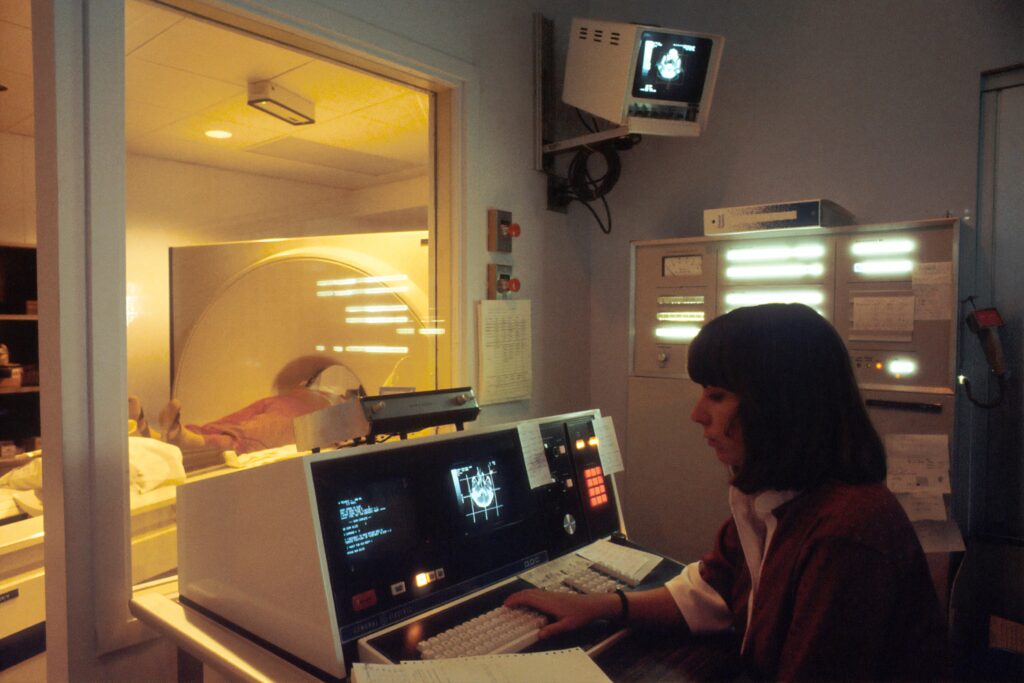When it comes to addressing pain and injury, there are a variety of options available to individuals, including medical imaging, such as magnetic resonance imaging (MRI), and physical therapy. The decision of whether to pay for an MRI or pursue physical therapy first can be a difficult one, and ultimately depends on the individual case and the specific condition being treated.
One key factor to consider is the severity of the pain or injury. In cases of severe pain or injury, it may be necessary to seek medical imaging, such as an MRI, in order to get a clear diagnosis and understand the extent of the problem. An MRI can provide detailed images of the bones, muscles, and other tissues, which can help doctors and physical therapists understand the cause of the pain and develop an appropriate treatment plan.
However, in many cases, physical therapy may be a more cost-effective and efficient first step. Physical therapists are trained to assess and diagnose a wide range of musculoskeletal conditions, and can often identify the cause of pain and develop an appropriate treatment plan without the need for imaging. Physical therapy treatment may include exercises, stretches, manual therapy, and other techniques to reduce pain, improve mobility, and promote healing.
Another factor to consider is the cost of an MRI, which can be quite high. In addition to the cost of the imaging itself, there may be additional costs associated with any follow-up care or treatment that is needed. Physical therapy, on the other hand, is often covered by insurance and may be more affordable.
Ultimately, the decision of whether to pay for an MRI or pursue physical therapy first will depend on the individual case and the specific condition being treated. In cases of severe pain or injury, an MRI may be necessary to get a clear diagnosis and understand the extent of the problem. However, in many cases, physical therapy may be a more cost-effective and efficient first step. It’s always important to discuss with your physician or physical therapist before making a decision.
It’s also important to note that physical therapy is not just for post-injury or post-surgery, it can also be used as a preventative measure to help avoid injuries and improve overall performance.


